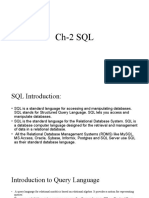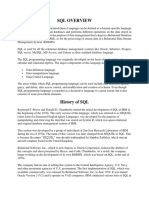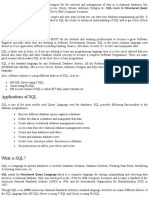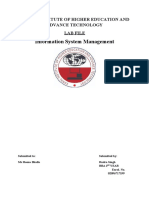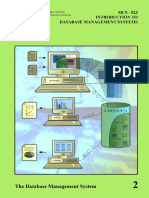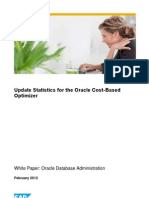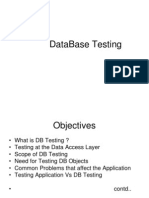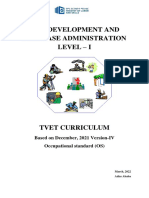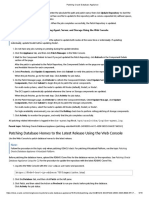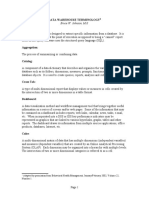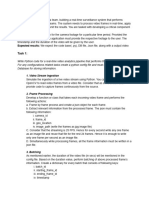0% found this document useful (0 votes)
19 views35 pagesLec-2 Overview of SQL Query Languages
The document provides an overview of SQL, including its definition, history, and importance in relational database management systems (RDBMS). It details SQL commands, their classifications (DDL, DML, DCL), and various SQL clauses used for data manipulation and retrieval. Additionally, it explains the structure of tables, fields, records, and constraints within a database.
Uploaded by
tarun.jampani45Copyright
© © All Rights Reserved
We take content rights seriously. If you suspect this is your content, claim it here.
Available Formats
Download as PPTX, PDF, TXT or read online on Scribd
0% found this document useful (0 votes)
19 views35 pagesLec-2 Overview of SQL Query Languages
The document provides an overview of SQL, including its definition, history, and importance in relational database management systems (RDBMS). It details SQL commands, their classifications (DDL, DML, DCL), and various SQL clauses used for data manipulation and retrieval. Additionally, it explains the structure of tables, fields, records, and constraints within a database.
Uploaded by
tarun.jampani45Copyright
© © All Rights Reserved
We take content rights seriously. If you suspect this is your content, claim it here.
Available Formats
Download as PPTX, PDF, TXT or read online on Scribd
/ 35
